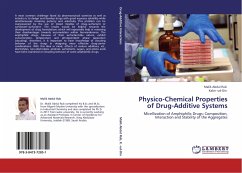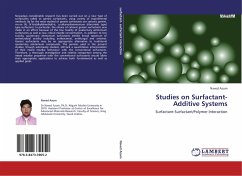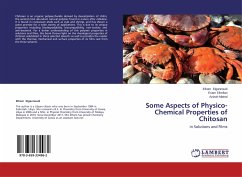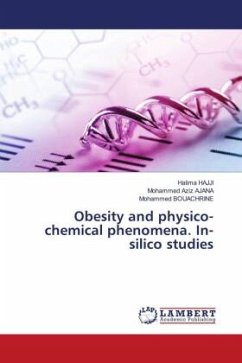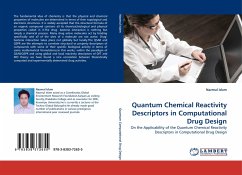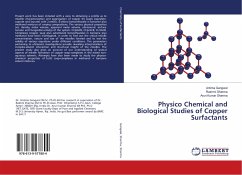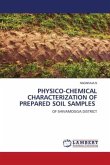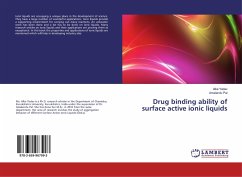A most common challenge faced by pharmaceutical scientists as well as industry is to design and develop drugs with good aqueous solubility while simultaneously retaining potency and selectivity. This problem can be overpowered by the use of mixed micelles of drug surfactant or surfactant surfactant. The results would be helpful towards the development of drug formulations which will expectedly help in removing their disadvantages towards accumulation within bio-membranes. The amphiphilic drugs, because of their surfactant-like nature, exhibit concentration, temperature and pH-dependent phase separation (clouding), therefore, it is important to have knowledge of clouding behavior of the drugs in designing more effective drug-carrier combinations. With this idea in mind, effects of various additives, viz., electrolytes, non-electrolytes, alcohols, surfactants, sugars, and amino acids have been examined on clouding behavior of some amphiphilic drugs.

